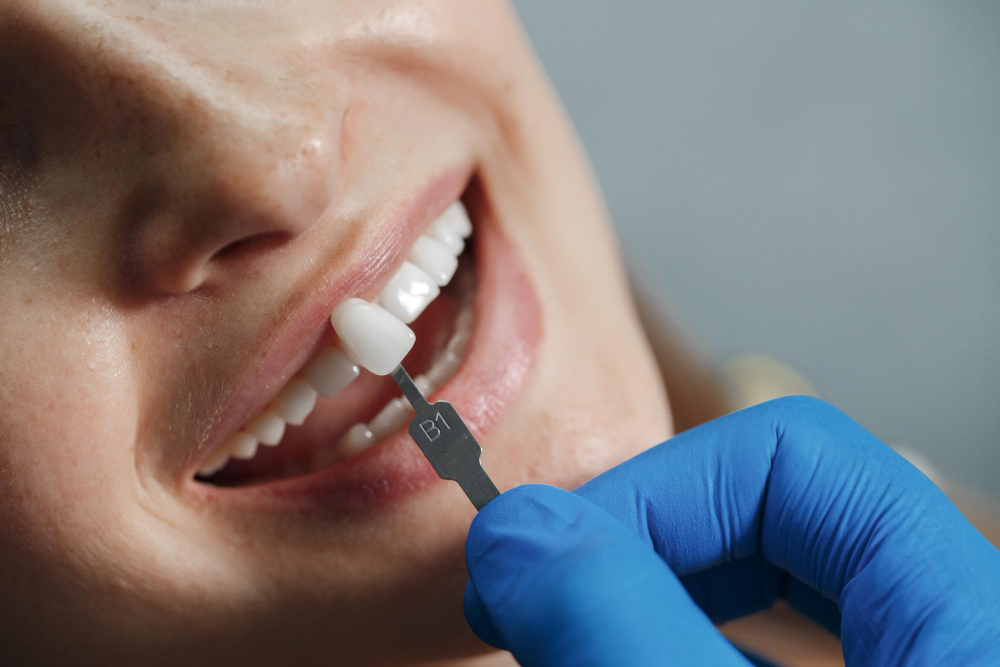
Teeth whitening strips have gained popularity as an accessible and user-friendly option for achieving a brighter smile at home. These thin, flexible strips coated with a whitening gel offer a convenient and relatively affordable method for improving the color of teeth.
Understanding Teeth Whitening Strips
Teeth whitening strips typically consist of a thin, transparent layer coated with a peroxide-based whitening gel. They are designed to conform to the shape of the teeth, allowing the whitening agent to come into direct contact with the enamel.
How Teeth Whitening Strips Work
- Whitening Agent: The active ingredient in most whitening strips is hydrogen peroxide or carbamide peroxide. These agents penetrate the enamel, breaking down stains and discoloration molecules to lighten the teeth.
- Application and Adherence: Users apply the strips directly onto the teeth, ensuring they adhere properly. The gel in the strips is left in contact with the teeth for a specified duration, allowing the whitening agent to work.
Benefits of Teeth Whitening Strips
- Convenience: Whitening strips offer convenience, allowing users to undergo treatment at home without requiring specialized equipment or professional assistance.
- Ease of Use: The simple application process involves placing the strips on the teeth for the recommended duration, making them user-friendly even for individuals without prior experience.
- Accessibility and Affordability: Teeth whitening strips are widely available in stores and online, offering a more affordable alternative compared to professional whitening treatments.
- Minimal Sensitivity: Some users report experiencing less tooth sensitivity compared to other whitening methods, as the strips have a lower concentration of whitening agents.
How to Use Teeth Whitening Strips
- Preparation: Ensure teeth are clean and dry before applying the strips. Avoid eating or drinking for some time after the treatment to allow the whitening gel to work effectively.
- Application: Gently place the strips onto the front surface of the teeth, molding them to fit snugly. Follow the recommended duration specified in the instructions.
- Frequency: The frequency of use varies among different products. Most manufacturers recommend daily use for a certain number of days to achieve desired results.
Effectiveness and Results
The effectiveness of teeth whitening strips depends on various factors, including the severity of stains, consistency of use, and the concentration of the whitening agent. While results can vary, many users report visible improvements in tooth color after completing a full treatment.
Considerations and Precautions
- Sensitivity Issues: Individuals with sensitive teeth or gums may experience discomfort while using whitening strips. Using strips with lower concentrations of whitening agents or spacing out treatments may help alleviate sensitivity.
- Not Suitable for All Stains: Deep-seated or intrinsic stains caused by factors like medications or dental trauma may not respond well to whitening strips. Consultation with a dentist is advisable for such cases.
Read Also: Laser Teeth Whitening near me: Smiles with Advanced Technology
Conclusion
Teeth whitening strips offer a convenient and accessible option for individuals seeking a brighter smile from the comfort of their homes. While they provide noticeable results for many users, understanding their proper use, limitations, and potential considerations is essential for achieving effective and safe teeth whitening.

Tech Hub Digital, a one-stop destination for complete technology-related information.

